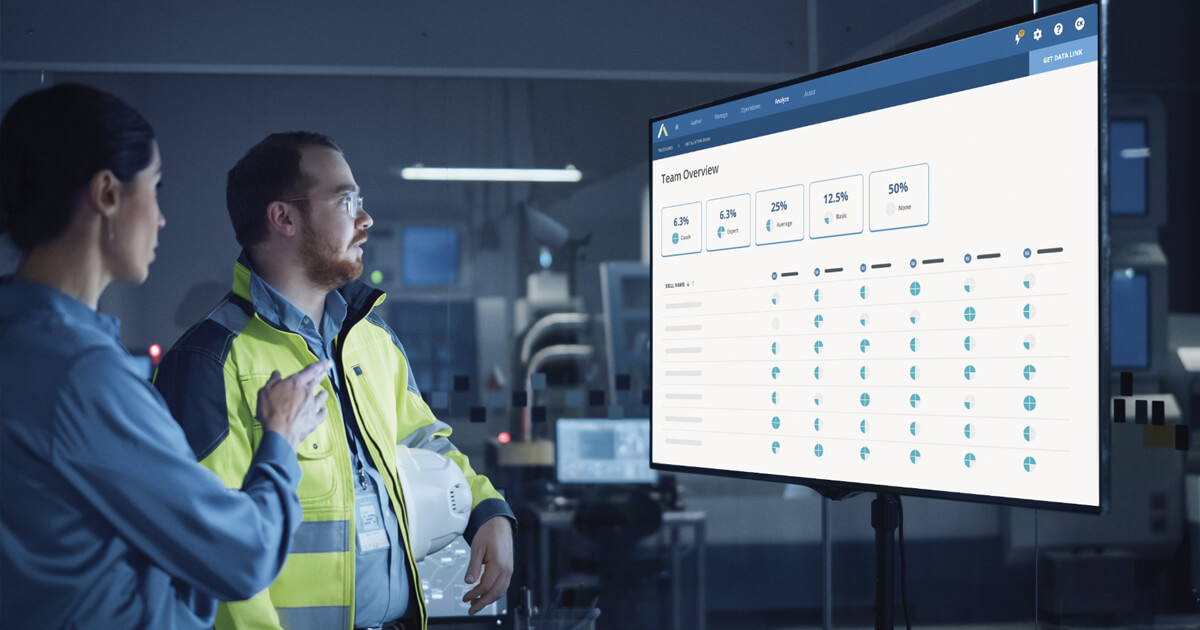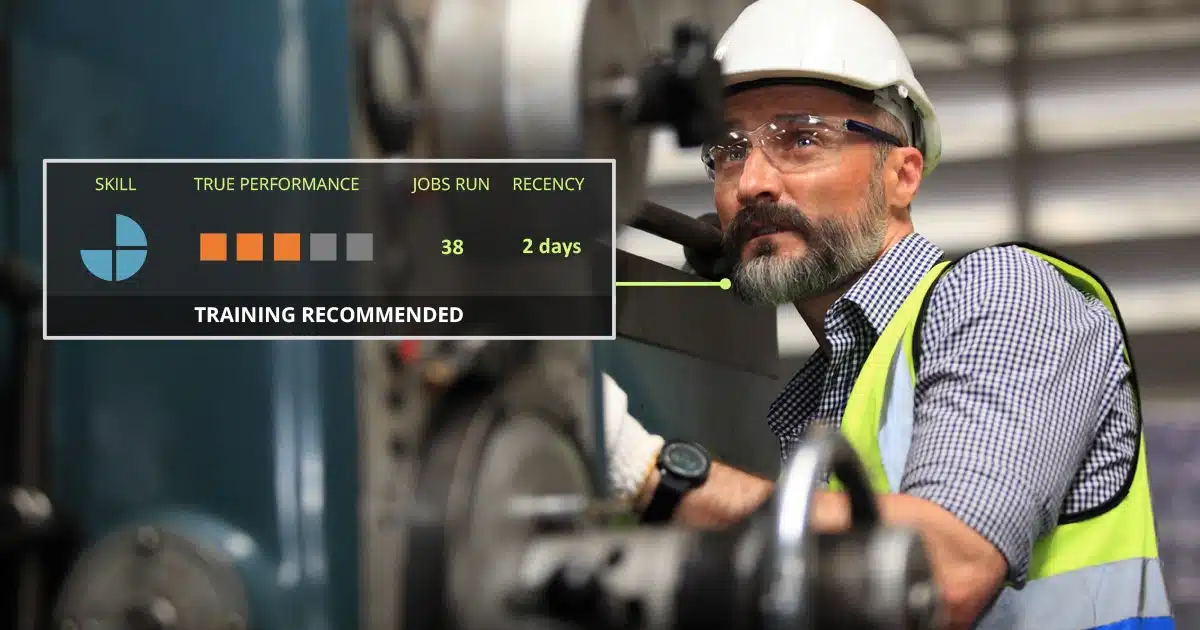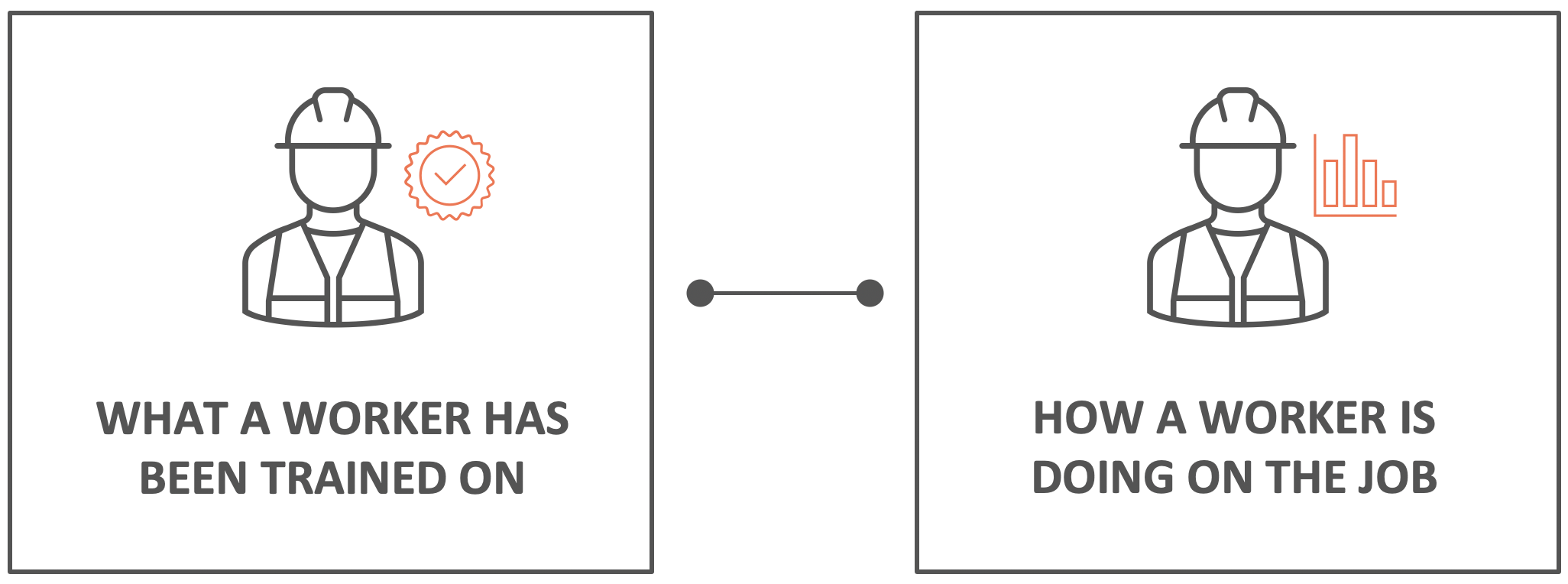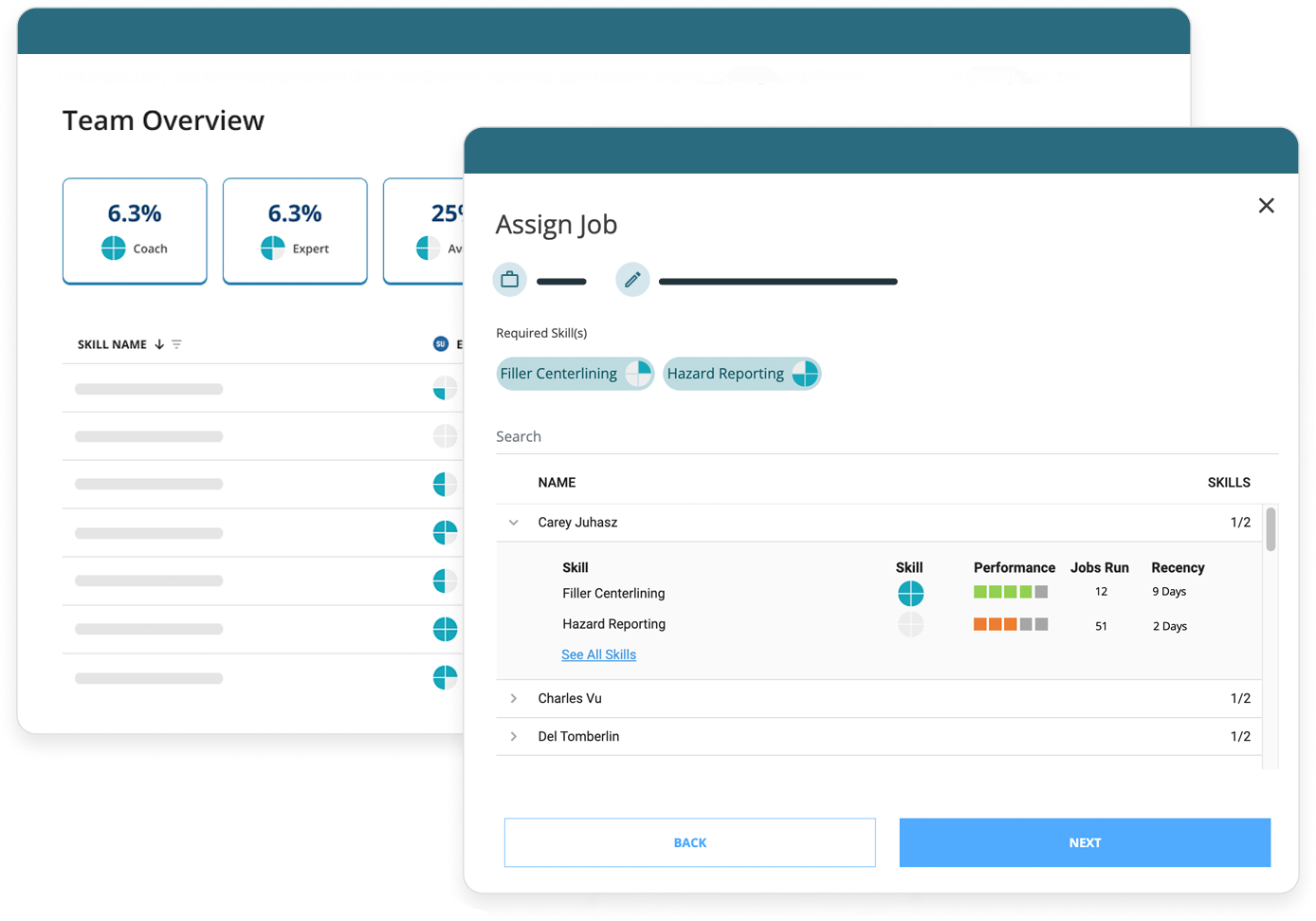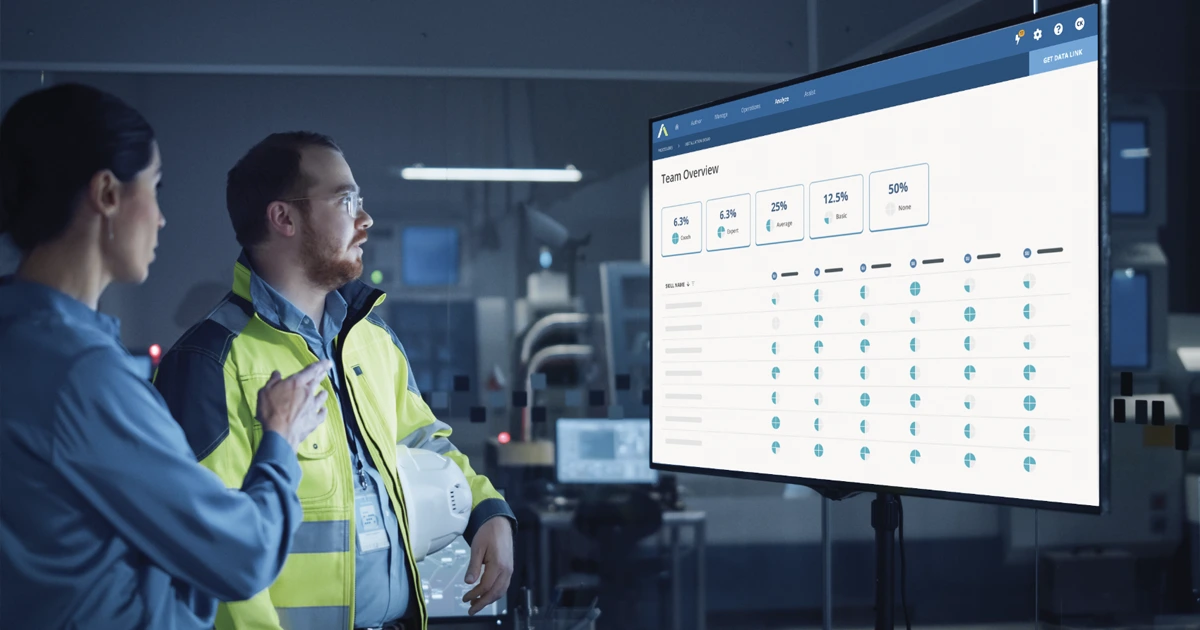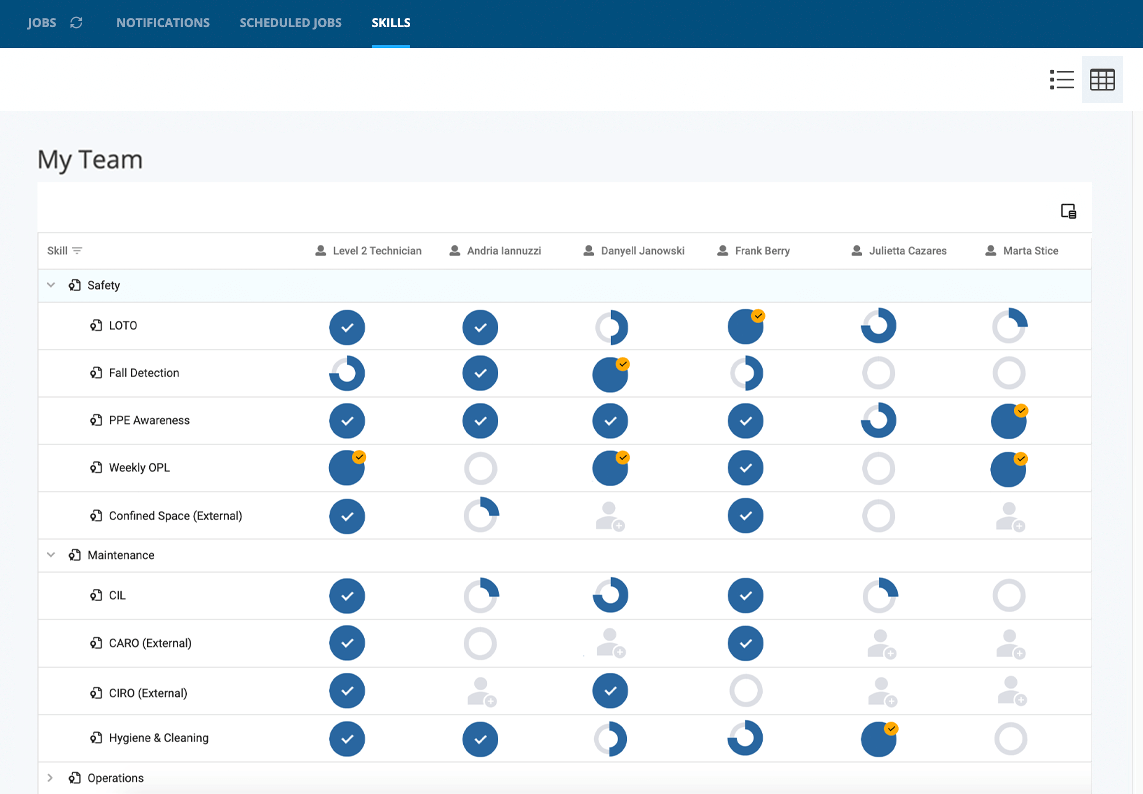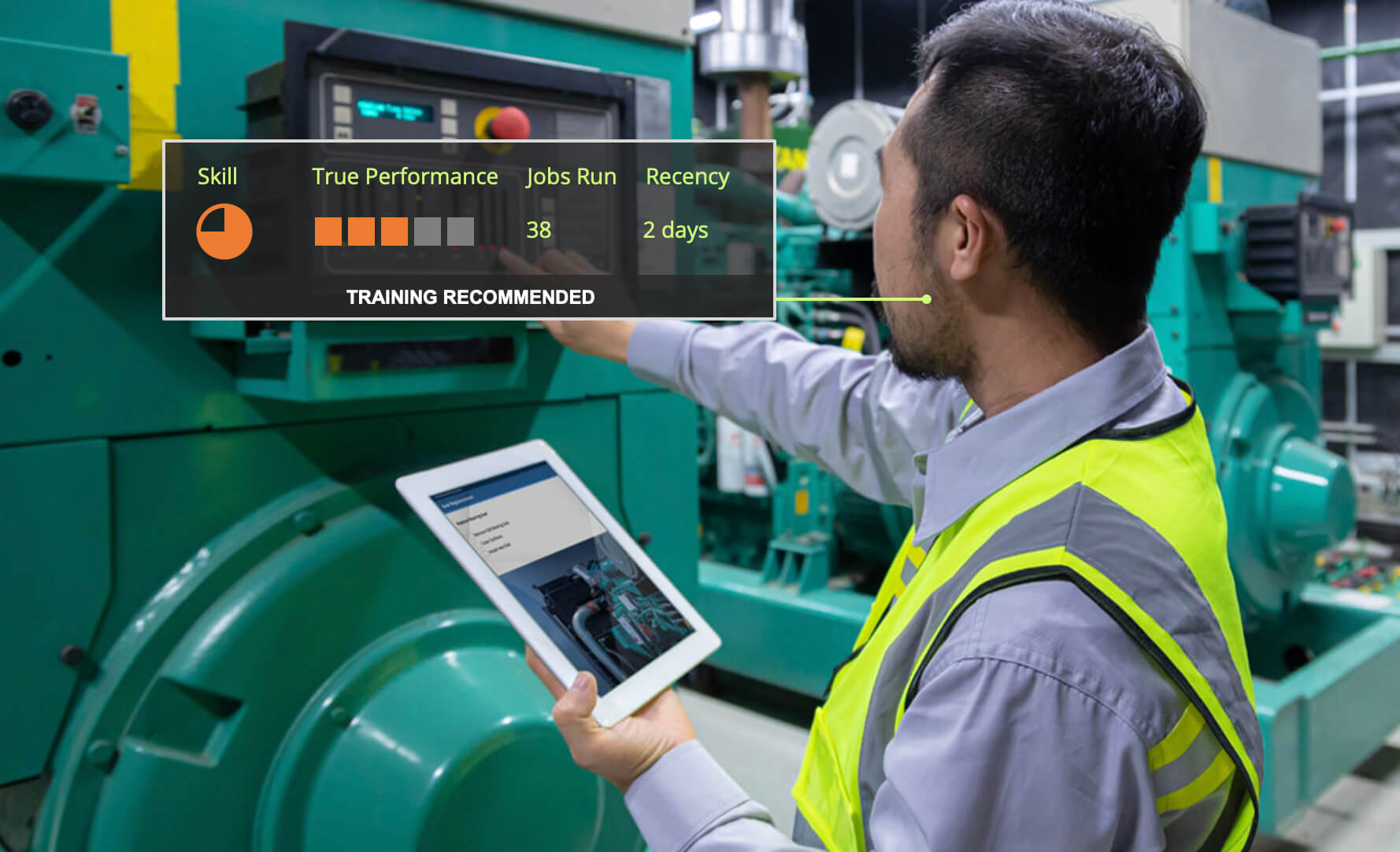Learn how skills tracking enhances work allocation and workforce utilization to improve productivity in manufacturing.
Employee skills tracking is an excellent way to stay ahead of the curve in today’s ever-changing manufacturing landscape. Leaders can use this talent management strategy to close worker competency gaps, increase effective training, and hire qualified prospects.
Putting an emphasis on employee skills can also help manufacturers prioritize work allocation and workforce utilization. But what exactly do these two terms mean and how do they relate to tracking skills in manufacturing?
Work allocation is the process of assigning resources and roles to meet the objectives of a given task or production facility. Workforce utilization, meanwhile, refers to how a company or organization effectively utilizes its workforce to meet its operational goals and objectives.
To keep up with competition, manufacturers should not only try to recruit the best possible hires, but also allocate work in an effective way to retain staff, satisfy customers, and boost profits.
Ultimately, keeping track of skills is a beneficial way to organize a company’s resources to attain sustainable business goals. Implementing a connected worker solution and digitizing skills management processes through smart manufacturing technologies is an effective way for organizations to instantly visualize the skills gaps in teams as well as track workforce skills and quickly assess both team and individual readiness.
Learn more about digital skills tracking and how it improves work allocation and workforce utilization below:
- Skills tracking defined
- Benefits of tracking skills to improve work allocation
- How tracking skills boosts workforce utilization
- Ways to track workforce skills
Skills tracking defined
Skills tracking helps ensure that all workers have the necessary expertise to complete tasks to their fullest potential. Basically, it closes the gap between the competencies employees already have and ones they need to further develop.
Every manufacturing firm has a unique set of job requirements and expectations. Tracking worker skills on a regular basis helps a company identify training needs and build workers’ knowledge so that they can meet expected targets. Skills management and tracking software help manufacturers identify and track employee expertise. You can map skills from a centralized library to individual workers, analyze the performance of your teams, and fill any skill gaps that exist.
In a nutshell, measuring employee proficiencies can boost retention, decrease the amount of time spent on tasks, and improve overall productivity.
Benefits of tracking skills to improve work allocation
Through digitization and effective skills tracking, manufacturing firms can best allocate work to team members based on expertise, credentials, and actual ability. For example, an operator who has more than 10 years of experience using computer-controlled equipment may be a better fit to handle complex machinery than an entry-level worker who lacks that training.
Additionally, with a centralized digital repository managers have a better idea of each employee’s current skills level and potential areas of improvement. Then they can close any skill gaps through training opportunities. In return, workers who receive the necessary training are more likely to thrive in their roles and be productive.
In summary, measuring worker skills can help improve work allocation by:
- Hiring or assigning current employees to the correct jobs and tasks
- Facilitating worker development through mentorship and training
- Retaining high-quality employees
How tracking skills boosts workforce utilization
Workforce utilization refers to how much of an employee’s time is devoted to billable work. Tracking skills can improve this, in turn boosting productivity and profits.
When you measure how efficiently employees are doing their jobs and how well a business manages its resources, you can assure that tasks are done well and see continuous increase in revenue. Think about how many hours of each staff member’s workweek need to be billable to remain profitable and whether they are on track. With a digitized tracking system, manufacturers are able to automate and streamline this process reducing errors, improving productivity, and ensuring success.
Through the use of smart, connected worker solutions and AI-based workforce insights organizations can deliver continuous, on-the-job learning based on skill tracking and real job performance, promoting reskilling and upskilling efforts enterprise wide.
To summarize, tracking skills can help enhance workforce utilization by:
- Setting profitable rates for services based on worker output and time billed
- Compensating employees fairly
- Gauging whether staff is being overworked or underutilized
By digitizing these tracking processes and implementing AI-driven support, organizations can also visualize, track and offset employee burnout. By taking highly granular connected worker data and using AI to filter out the unnecessary portions, industrial operations are able to not only improve tasks and productivity but better support and empower frontline workers.
Ways to track workforce skills
Tracking employee skills is a great way to improve worker performance and productivity by matching the right person with the right assignment.
One way to track an employee’s skills is through a skills matrix, which is a grid that maps staff credentials and qualifications. A skills matrix helps managers strategize and oversee current and wanted skills for a team, position, department, and more. Similarly, a job cover matrix is used to map employees to tasks, roles, or jobs, ensuring adequate coverage and identifying skill gaps. A skills matrix (as well as a job cover matrix) is usually managed using a spreadsheet, but there are alternatives to skill matrices. For example, cloud-based skills management software can help identify and track employee competence and correlate it with actual job performance. The software can also help managers filter employee databases by skills to assemble teams or assign work based on specific qualifications.
Leadership can also track competencies through a skills taxonomy. Taxonomies help classify and organize skills into groups to better understand which skills employees have and which they should learn. Essentially, these structured lists help management identify and track skills to better allocate resources and worker training opportunities.
Lastly, a skills-tracking application can include AI-based software to identify and measure worker expertise and actual job performance. This is an excellent method for intelligently assigning work through skills mapping, optimizing training programs, and more. With AI-based insights and connected worker technology, organizations can bridge the gap between the training room and the shop floor, integrating training into the flow of work and creating an environment of continuous learning.
Skills management with Augmentir
Augmentir offers top-notch solutions to easily track and manage your frontline’s skillset. Our connected worker solution provides customized dashboards to streamline processes to improve workforce management, skills management, and deliver in-line training and support at the point of work, closing skills gaps at the moment of need.
If you are interested in learning how Augmentir can help improve your skills management, skills tracking, and workforce development – request a live demo.


